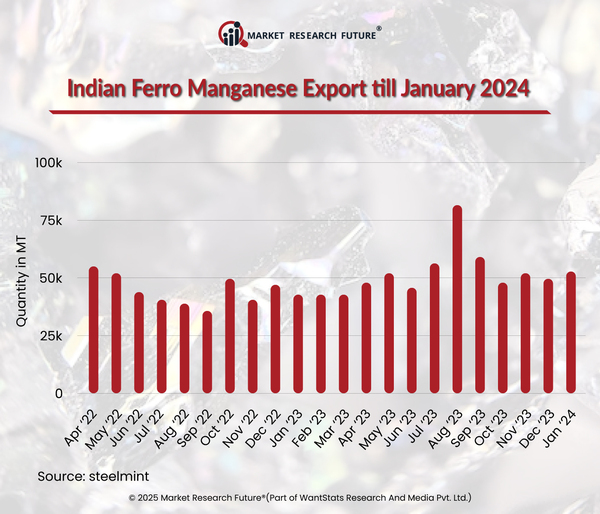Indian Ferro Alloys Faces Numerous Challenges in 2024
Ferro alloys play a crucial role in India’s steel industry. The manufacturing and production sector relies on ferro alloys to boost the nation's heavy industries and steel production. A survey of 2024 shows that the ferro alloys market is facing several challenges in 2024. Hence, it impacts ferro-alloys' global competitiveness due to high import tariffs, high power prices, and limited high-grade supplies to industries.
Indian economic growth relies heavily on its steel industry. Further, steel manufacturing includes ferro alloys as the primary product for more tensile strength and corrosion resistance. Adding ferro alloys to steel has even more benefits, such as refining. Therefore, ferro alloys growth in the Indian market can bring significant changes at the industrial level. Data shows that manganese alloys like ferro and silico are at 3.5 million tons. Apart from this, 1.8 million tons are exported. Hence, total ferroalloy production is 5.2 million tons, as reported in 2024.
Studies show that India's ferro alloys market will have a challenging year in 2024. Energy bills are the most expensive, constituting about 20-25 percent of overall production costs, and will impact the bottom line. In addition, a deficit in high-grade manganese ore will adversely affect output, and supply constraints and rising domestic and international competition will further aggravate the situation. There is a tendency for further tightening of regulation and rising costs due to increased concern for some pollutant emissions, especially air. Despite these restraints, the market's growth seems inevitable as there is a fueling requirement from the steel sector and construction works.
Moreover, it is anticipated that these problems will have a bearing on the development of the ferro alloys market in India in 2024. While some challenges exist, the market is still likely to expand due to the rise in demand for steel and infrastructure projects.

